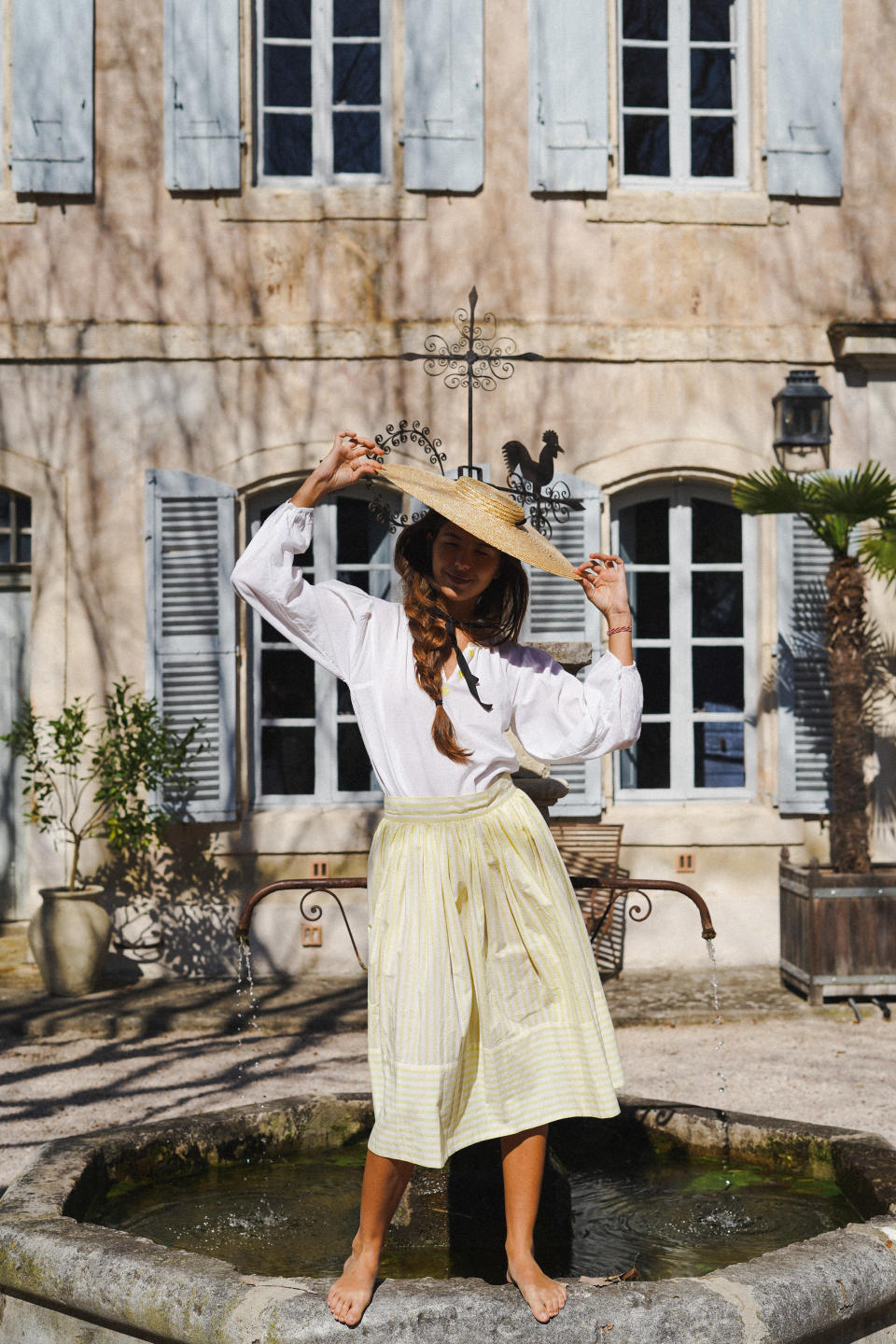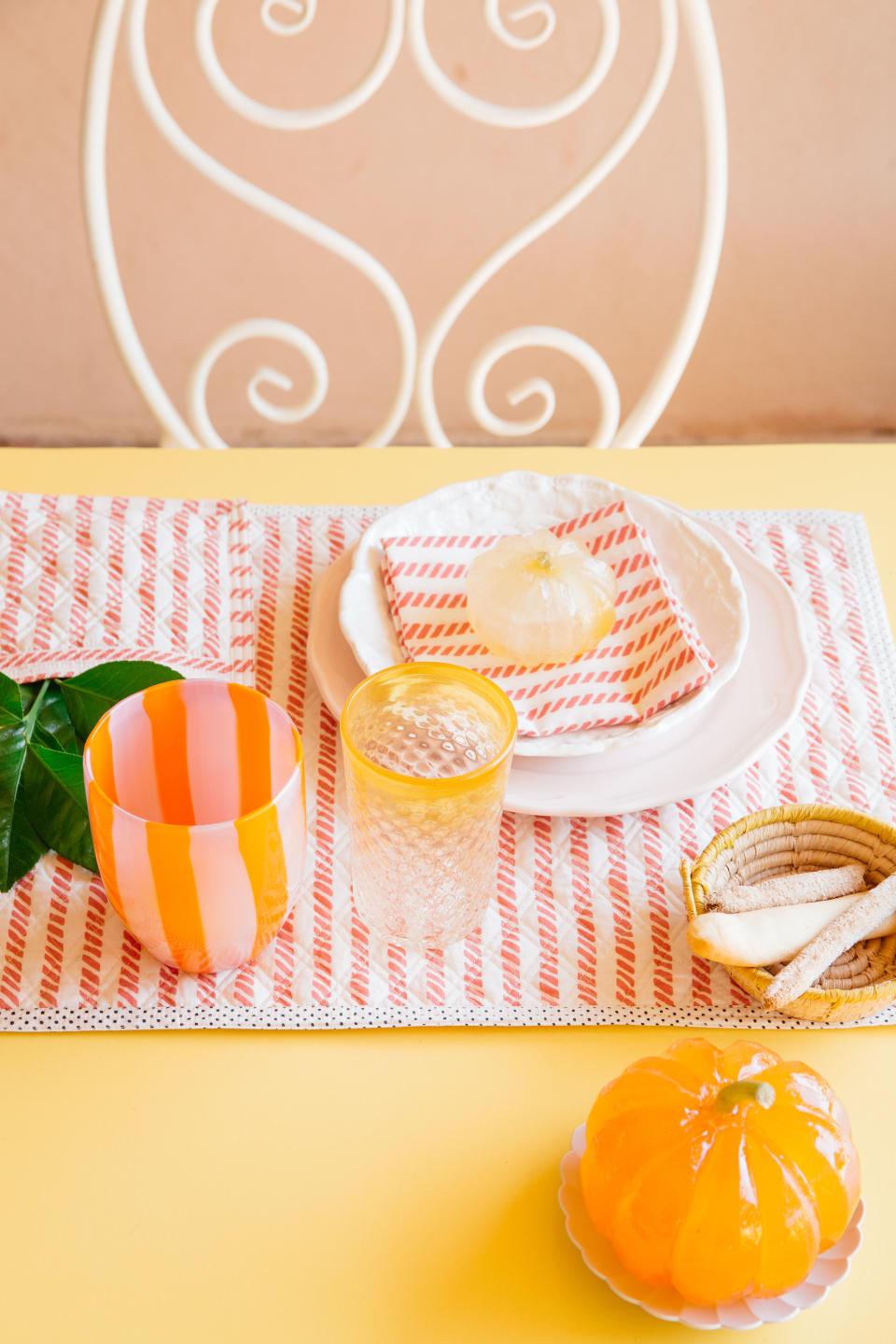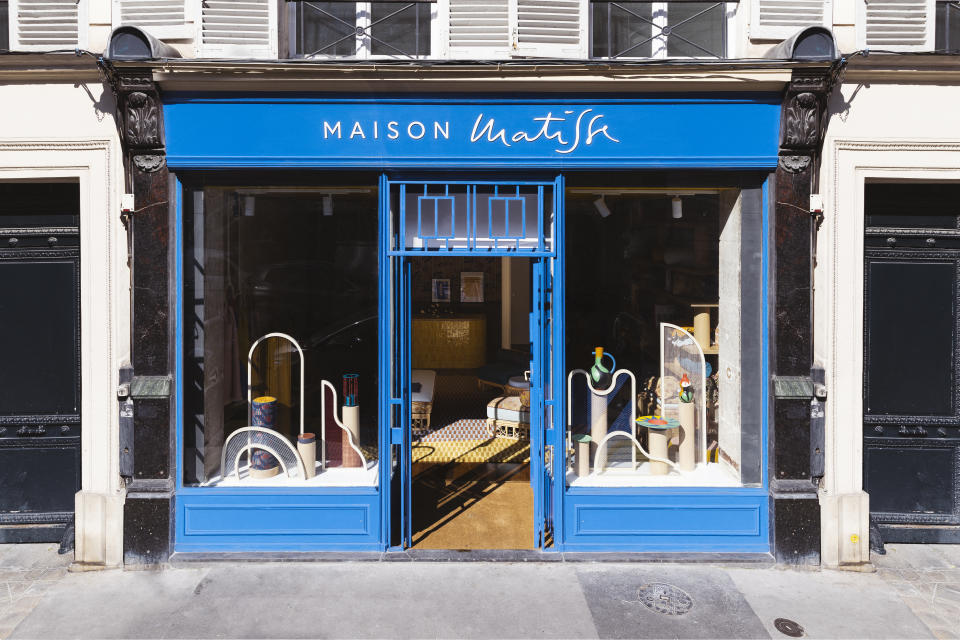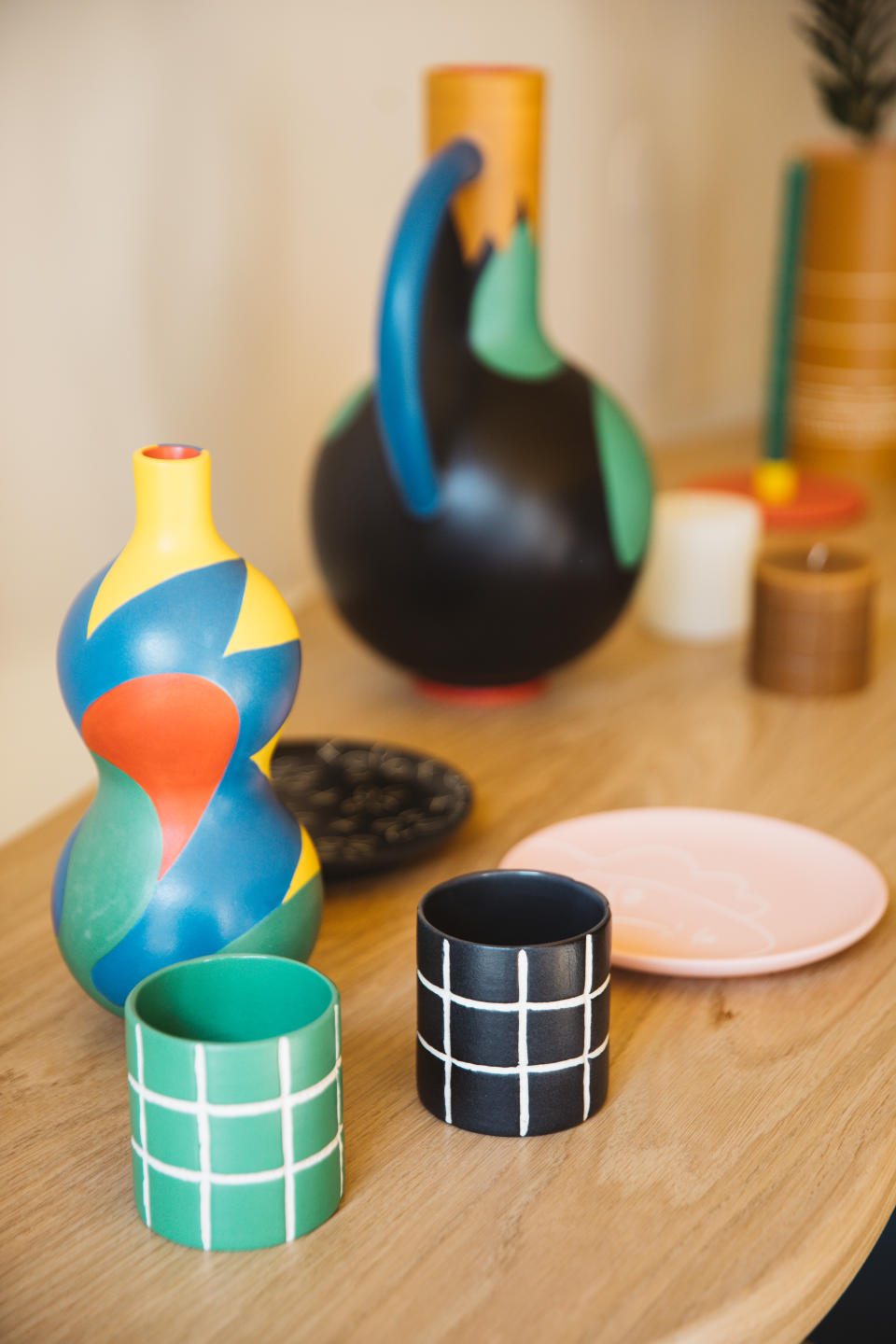Post-Pandemic, Interior Designers Find Provence Beckoning

Travel is back after two years of pandemic-related disruptions — but if you can’t make it to the South of France this summer, the South of France will come to you.
Designers are bottling the perennial allure of Provence and its artists with creations that tap into the current thirst for colorful, atmospheric interiors, born of long stretches of COVID-19 lockdowns and travel bans. And judging from the online response, the lure of rosé-fueled evenings in gardens chirping with crickets has never been so strong.
More from WWD

Courtesy of Le Chateau from Ma Mère.
Sophie Douzal, the founder of leading Paris-based communications agency Douzal, took advantage of the enforced lull during the coronavirus pandemic to launch her own brand, with the help of Eve Cazzani, a designer who’s worked for labels including Bonpoint and Petit Bateau.
Le Chateau de Ma Mère (My Mother’s Castle in English), named after the classic novel by French author Marcel Pagnol, launched its e-shop on April 1, in tandem with a pop-up store in the trendy Saint-Germain-des-Prés district of Paris, which is due to remain open until June 30.
A stone’s throw from Celine and Saint Laurent, the shop offers a chic assortment of homewares and ready-to-wear in a decor inspired by Douzal’s secondary home in Saint-Rémy-de-Provence (her grandmother’s antique sofa takes pride of place). A summer pop-up is set to open at la Maison du Village, a boutique hotel in Saint-Rémy, from July 1 to Aug. 30.
“I have a real history with Provence and I spent all my holidays there as a little girl,” explains Douzal, who has long wanted to launch a brand inspired by the region. “During confinement, I thought, it’s now or never.”
She and Cazzani sourced archival documents from the 17th and 18th centuries from an antique dealer that specializes in fabrics. The region is famed for its colored cotton material made with “indienne” printing blocks, originally imported from India to the port of Marseille at the end of the 16th century ?— but Douzal didn’t want anything too clichéd.
“The problem with Provence today is that the location is incredible, the light is insane, the landscapes are mind-blowing, but tourism has made it all a bit tacky. You go to Les Baux-de-Provence, and it’s full of little stores selling lavender sachets that are made in China. It’s a bit of a shame. I had memories of quilted fabrics, of certain colors, so I’ve modestly attempted to recreate that,” she says.

Courtesy of Le Chateau de Ma Mère.
Think placemats in a graphic rope stripe motif; blue-and-white floral cushion covers; tunic dresses in featherlight cotton voile, and quilted clutches in traditional paisley and medallion prints. Prices range from 40 euros for a bandana to 450 euros for a quilt, with dresses retailing for 200 euros to 300 euros.
The textiles collection is made in India, while the tableware and glasses are produced in small runs by traditional workshops in the South of France that specialize in techniques like jaspé pottery.

Clément Savel/Courtesy of Maison Matisse
Henri Matisse’s paintings, with their depictions of ornate Mediterranean interiors, are the inspiration behind Maison Matisse, the design house founded by his great-grandson Jean-Mathieu Matisse. The brand recently opened its first boutique on the Rue du Bac in Paris, in an area dense with interior design stores.
Its products are anything but museum gift-shop fodder. Having launched at the FIAC contemporary art fair in 2019 with limited-edition creations by design heavyweights Ronan and Erwan Bouroullec, Alessandro Mendini and Jaime Hayon, it now produces two to three permanent collections a year.
Eliana Di Modica, chief executive officer of Maison Matisse, says the artist’s family had regularly turned down requests to license his works.
“The question was how could we keep that heritage alive, but in a different way, by being as audacious as Matisse was in the art world during his time,” she explains. “He never created objects per se, like Picasso did, for instance. But objects played a central role in his work, since he collected everyday items on his travels that he then featured in his paintings.”

Clément Savel/Courtesy of Maison Matisse
The brand gives designers such as Marta Bakowski and Cristina Celestino carte blanche to freely reinterpret Matisse paintings such as “La Musique” and “Still Life with Aubergines” in homewares and furnishing fabrics.
Produced in Italy, the collection skews high-end, with prices ranging from 35 euros for scented candles to 960 euros for handpainted earthernware bottles, rising to 12,800 euros for a folding screen covered in rich jacquard fabric.
“We’re seeing a growing decorative trend in design after years of minimalism,” Di Modica notes.
While she linked the thirst for upbeat color and pattern to the after-effects of the pandemic, she thinks the craze has legs. “When we developed the brand, we didn’t set out to capitalize on trends. The idea, rather, is to create pieces that are timeless.”
Douzal, likewise, hopes that her joyful designs will stand the test of time. “I wanted to avoid at all costs being fashionable. The ambition — which is reflected in the name of the brand — is to create products that are handed down, that you can keep from generation to generation,” she says.
Response has been strong in the U.S., and she hopes to set up shop there eventually. “I lived in the Hamptons for two years, and I know this is perfect for that customer,” she says. “The magic of Provence is all over the world.”
Best of WWD
Sign up for WWD's Newsletter. For the latest news, follow us on Twitter, Facebook, and Instagram.